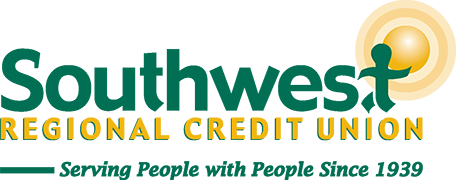
RDSP
RDSP – Registered Disability Savings Plan
The RDSP was introduced in 2008 by the Government of Canada as a way for Canadians to save and grow money for the long-term financial security of an individual qualifying for the Disability Tax Credit.
Opening an RDSP
- An RDSP is a registered account that can be opened for a beneficiary by a holder.
- The holder is the individual or organization who opens and manages the RDSP plan for the beneficiary. It is possible to have more than one holder.
- The beneficiary must be the holder of the RDSP unless they are under the age of majority or unable to manage investment decisions of the plan.
- The beneficiary must be a Canadian resident with a valid social insurance number (SIN), qualify for the Disability Tax Credit (DTC), and be under the age of 60 when the account is opened.
- A beneficiary can only have one RDSP account.
- Once the RDSP is opened, the beneficiary designation cannot be changed.
- All funds in the RDSP plan are owned by the beneficiary.
Contributions
- Any amount can be contributed to an RDSP up to the maximum lifetime contribution limit of $200,000 per beneficiary. This amount does not include any grant or bond funds received from the Government of Canada.
- Contributions exceeding the RDSP lifetime contribution limit would result in the plan becoming non-compliant and requiring the RDSP plan to be closed.
- Contributions can be made until the end of the year the beneficiary turns age 59.
- Contributions to the RDSP are not tax deductible.
- Interest earned on the RDSP is tax-deferred.
- Contributions can be invested in term deposits, savings account, or mutual funds.*
- Eligible deposits in registered accounts have unlimited coverage through the Financial Services Regulatory Authority (FSRA).
Canada Disability Savings Grant (CDSG)
- Any eligible RDSP beneficiary under the age of 50 qualifies for the CDSG.
- Where the beneficiary’s family income does not exceed the annual threshold set by Canada Revenue Agency, the first $500 contributed annually to the RDSP is matched by the government at a rate of 300%, and the next $1,000 contributed annually is matched by the government at a rate of 200%.
- Where the beneficiary’s family income exceeds the annual threshold set by Canada Revenue Agency, the first $1,000 contributed annually to the RDSP is matched by the government at a rate of 100%.
- There is a lifetime maximum of $70,000 per beneficiary.
- Provided the RDSP account is opened by the end of the year the beneficiary turns 49 and a contribution has been made to the account, unused grant entitlements for the past 10 years to a maximum of $10,500 will be deposited to the RDSP by the Government of Canada.
- All or part of the CDSG may need to be returned to the federal government if funds are withdrawn from the plan before the beneficiary turns age 59, the RDSP is closed, or the beneficiary passes away.
Canada Disability Savings Bond (CDSB)
- Beneficiaries may qualify for the CDSB provided their net family income is equal to or less than the income tax threshold adjusted annually by the federal government.
- The government provides up to a maximum of $1,000 CDSB annually per beneficiary.
- No contributions are required in order to qualify for the CDSB.
- There is a lifetime maximum of $20,000 per beneficiary.
- All or part of the CDSB may need to be returned to the federal government if funds are withdrawn from the plan before the beneficiary turns age 59, the RDSP is closed, or the beneficiary passes away.
Withdrawals
- There are two types of withdrawals:
- Disability Assistance Payments (DAP)
- random payments made at any time to the beneficiary
- Lifetime Disability Assistance Payments (LDAP):
- regularly scheduled payments made to the beneficiary
- payments must start by the end of the year the beneficiary turns age 60
- once payments begin, they must continue for the life of the beneficiary or until the RDSP plan is terminated
- Annual withdrawal limits apply if the government contributions exceed RDSP contributions made by the holder/beneficiary.
- Withdrawals of grants, bonds, and interest must be reported as taxable income on the personal income tax return of the beneficiary.
- Disability Assistance Payments (DAP)
* Mutual funds and other securities are offered through Aviso Wealth, a division of Aviso Financial Inc. Unless otherwise stated, mutual funds, other securities and cash balances are not covered by the Canada Deposit Insurance Corporation or by any other government deposit insurer that insures deposits in credit unions.
Contact your branch to learn more about investments.
Financial Specialists are available in every branch to help you select the product best suited to meet your financial goals.



